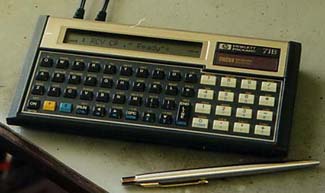cyz wrote:
Hey does Wally have that transcription of the 6502 fig forth yet?
He did that in the 1990's, and then he got my 65816 Forth going on a 65265 and used that in his work for a long time (might still be, but I have not had contact with him in quite awhile) but I think it was Douglas Beattie who contributed the 6502 fig-Forth transcription at
http://6502.org/source/, in the middle of the section called "Monitors, Assemblers, and Interpreters" which is way down the page. Wally is a great guy but his work and interests seem to have changed and unfortunately we don't hear from him anymore. I hope he gets an email that you replied after his post above.
One thing I have on my list of things to put on my
website is to clean up and publish my 65c02 Forth and '816 Forth, which will take a ton of work, especially the '02 Forth. They have a ton of powerful features that weren't on public-domain Forths. I've had this pipe dream of porting it to an available board like one of
Daryl's so the beginner has something that works right out of the box.
Quote:
It was based somewhat on Forth as the OS for the little hand held computers.
I originally started with Forth on the HP-71 which was a very powerful hand-held computer for its day, although the Forth module was poorly done. Being Forth though, it of course let you "get under the hood" and improve it a lot, even though its kernel was in ROM.

Quote:
I better stop for now this may be a little too much for this topic.
Not at all. We have posts here that are legitimately many, many times the length of yours.







